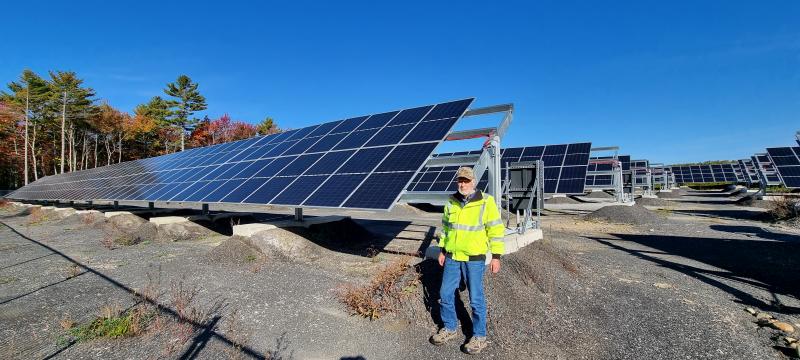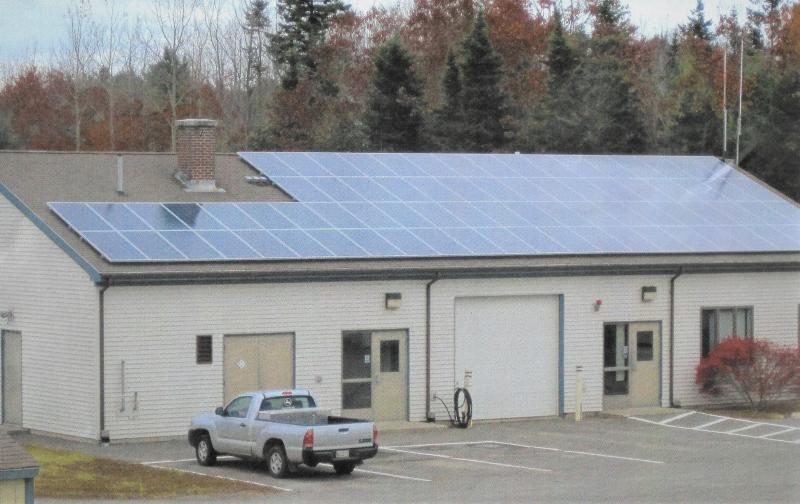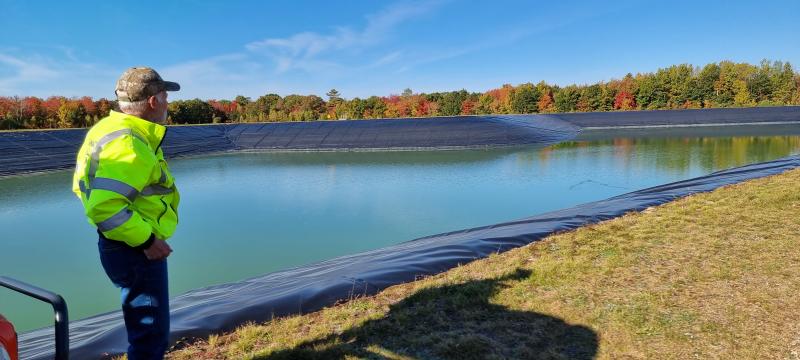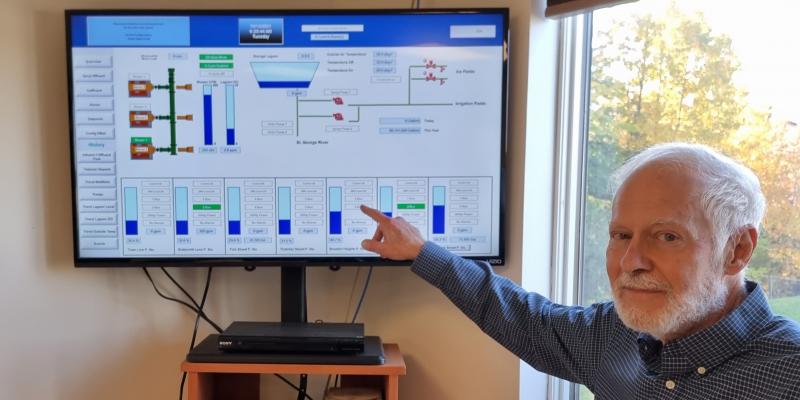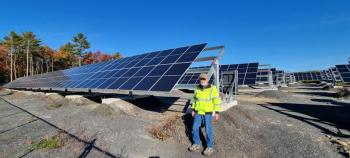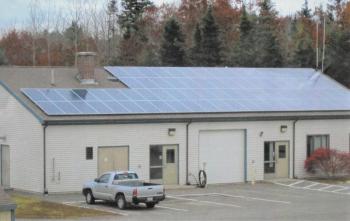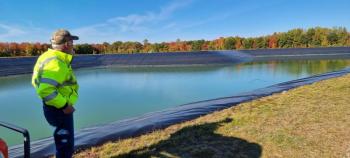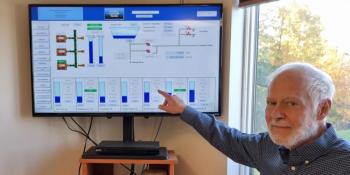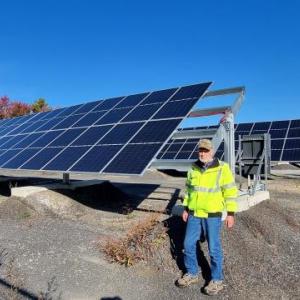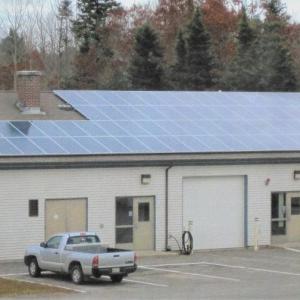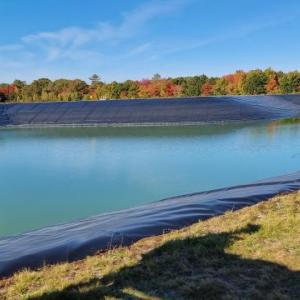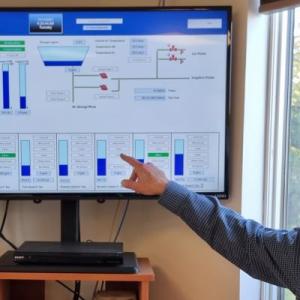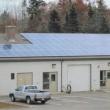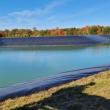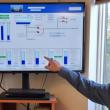Going Green with John Fancy at the Thomaston Wastewater Plant
THOMASTON — John Fancy is the chief engineer for the Thomaston Wastewater Treatment Plant. He has worked for the city for 32 years and has fought pollution in Waldoboro county for 50 years. John has just initiated and seen to completion a solar farm that will power the wastewater plant as well as the Thomaston fire station, town office, public works and street lights.
Maine Municipal Bond Bank financed the solar array with a 15-year loan at 1.69% interest. It will be paid for in 15 years. For those first 15 years, the cost of the loan will exceed the energy savings by an average of $8,000 a year, or $650 a month. This includes an annual budget of $4,000 for repairs, insurance, and maintenance if needed. After 15 years, the solar farm will save the city over $80,000 a year in electricity costs.
John: “From an engineering perspective, it makes sense to move ahead and do what is most economical. From a moral issue, the use of fossil fuels must end soon. We must be looking at greenhouse gases and the problems they are creating and the alternatives.”
John first installed solar on the roof of the facility in 2010. He received a grant from Efficiency Maine and put 78 panels on the building. The project would not have made financial sense without the grant back then. He is impressed that in the these 11 years of use, the system has needed zero maintenance and has lost just 1.5% of its power output. This gave him the experience and confidence to power the entire facility with solar.
Solar panels have come a long way since 2010.
“The old panels on the roof and the new panels in the farm are about the same size,” he said. “But the new panels cost just one-third what the old panels cost. Plus, they make almost twice as much power.”
Math told him the time was right to power his facility with solar. His research was thorough, the savings and costs comprehensively documented. He went to the Thomaston Select Board and requested to put in solar panels for his facility.
The small annual deficit was easily covered as a bond had just been paid off, and the debt would be 90% amortized with the old electricity payments. After 15 years, when the loan was paid, the electricity would be virtually free.
The Board told him No. Then, its members added: Why put them in just for you? We want you to put in enough panels to power the entire town!
The new array will generate at least 650,000 kWH of power each year. It has 1,290 panels and was installed by Sundog Solar. The total cost was $1,160,200, including a $94,600 contingency fund. After 27 years, the life of the guaranteed output, the facility will have saved the people ofThomaston between $713,000 and $841,000.
The farm will provide 85 to 90% of the town’s electricity. Why not 100%?
“We could easily do that, but any extra power we make CMP keeps,” saidJohn. “So it made good financial sense to undersize the farm a little.”
The farm is part of a three-part plan to save money. The second part was to use an energy purchasing consortium for the power the solar facility does not produce. Main Power Ops combines large accounts and negotiates bulk prices.
“For power not made by the farm we now pay just under 6 cents a kWh, down from the 8 to 9 cents of the standard offer,” he said.
The third part of the plan was to purchase their street lights from CMP. They were previously rented for $30,000 a year, and 40% were not working. Now they are all working. The city installed efficient LED bulbs. The energy bill is $3,000 a year, and the savings amortize the small loan used to purchase the lights.
In addition, the town purchased an electric patrol car and installed a car charging station that is free to the public to encourage electric car adoption.
John had looked into and rejected the idea of purchasing power from a solar farm, as many small towns have done. He concluded: “The ones who make the money are the middlemen. The way to make money is to own the facility.”
John: “I'm not looking at these problems and asking What can I save today, I am asking where are we going to be 15 years from now? The electrical system in this country is using 100-year-old technology. Building power plants and running power lines all over is nuts. We need to be developing sources of electricity near where it is being used rather than transporting it all over the place.”
Shawn McCarty is a member of the Rockland Solar Club; rocklandsolarclub@gmail.com

